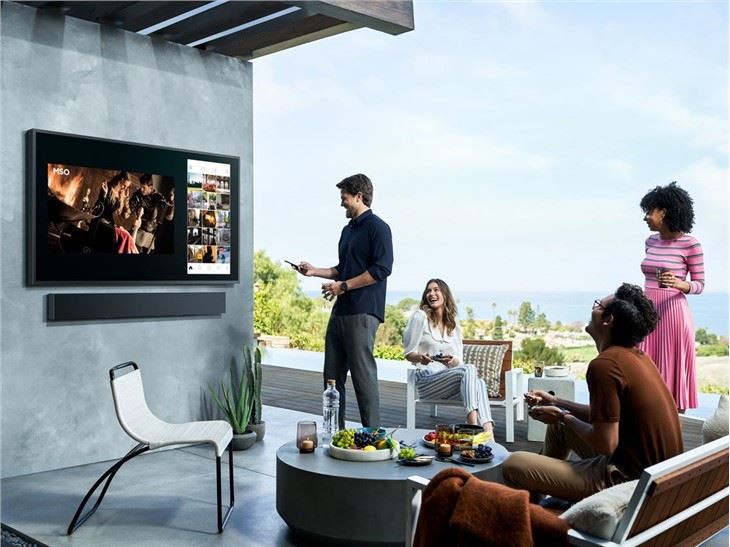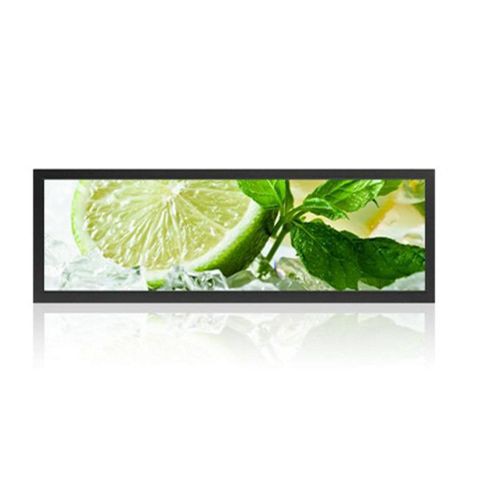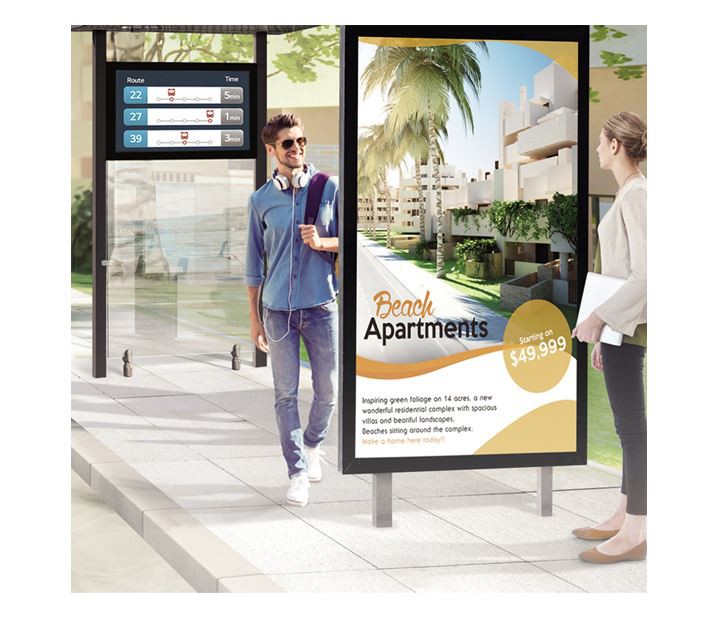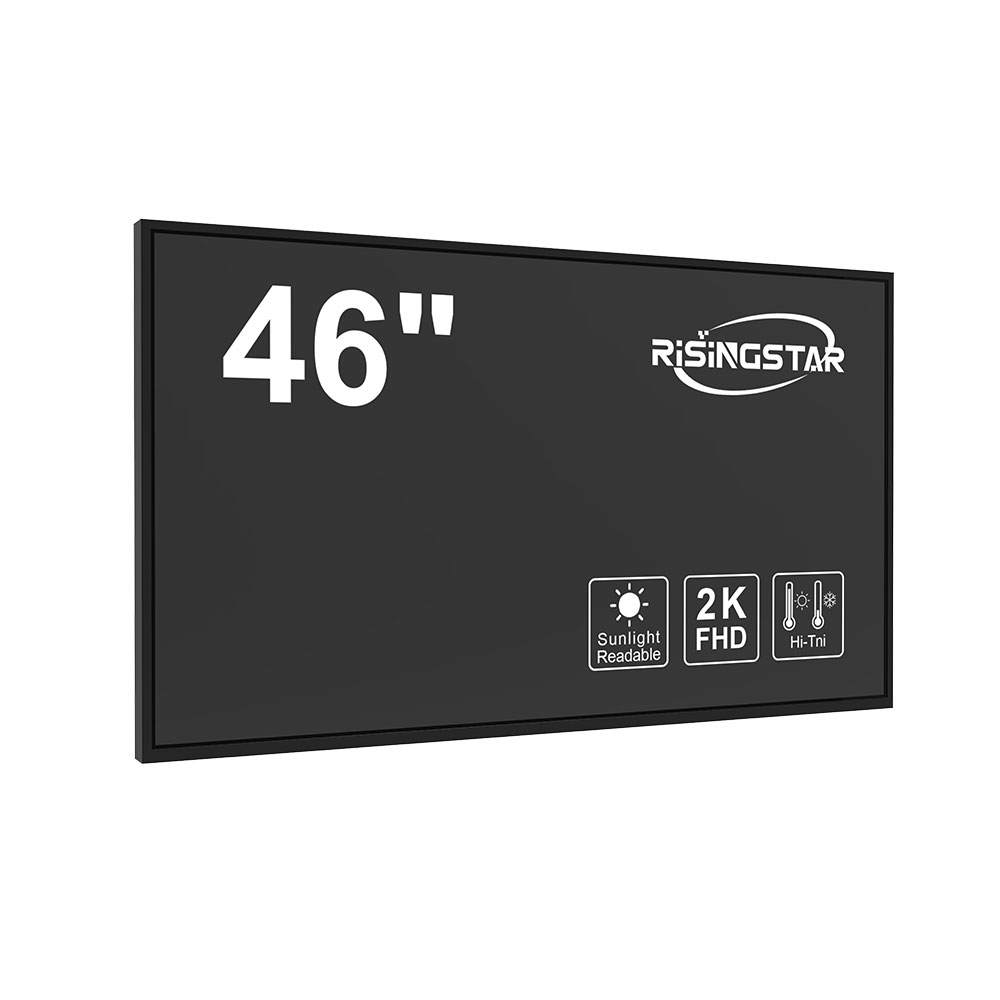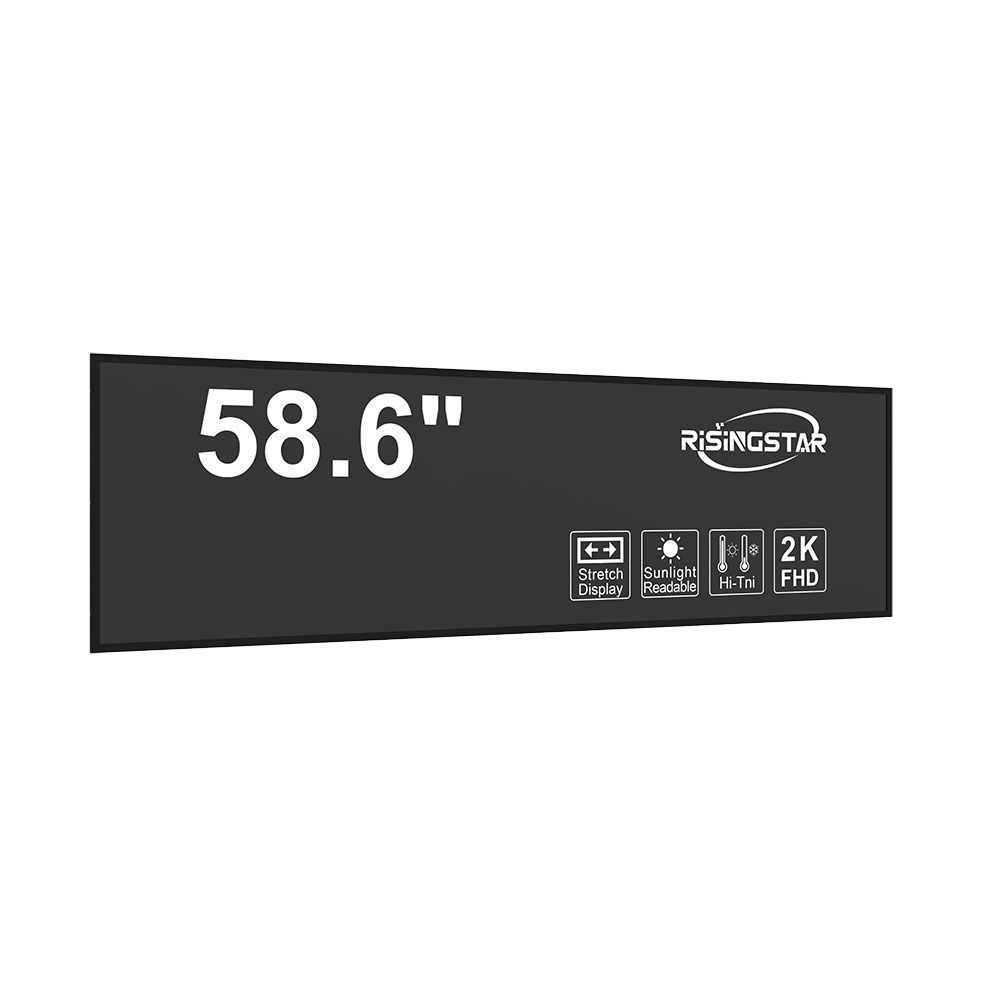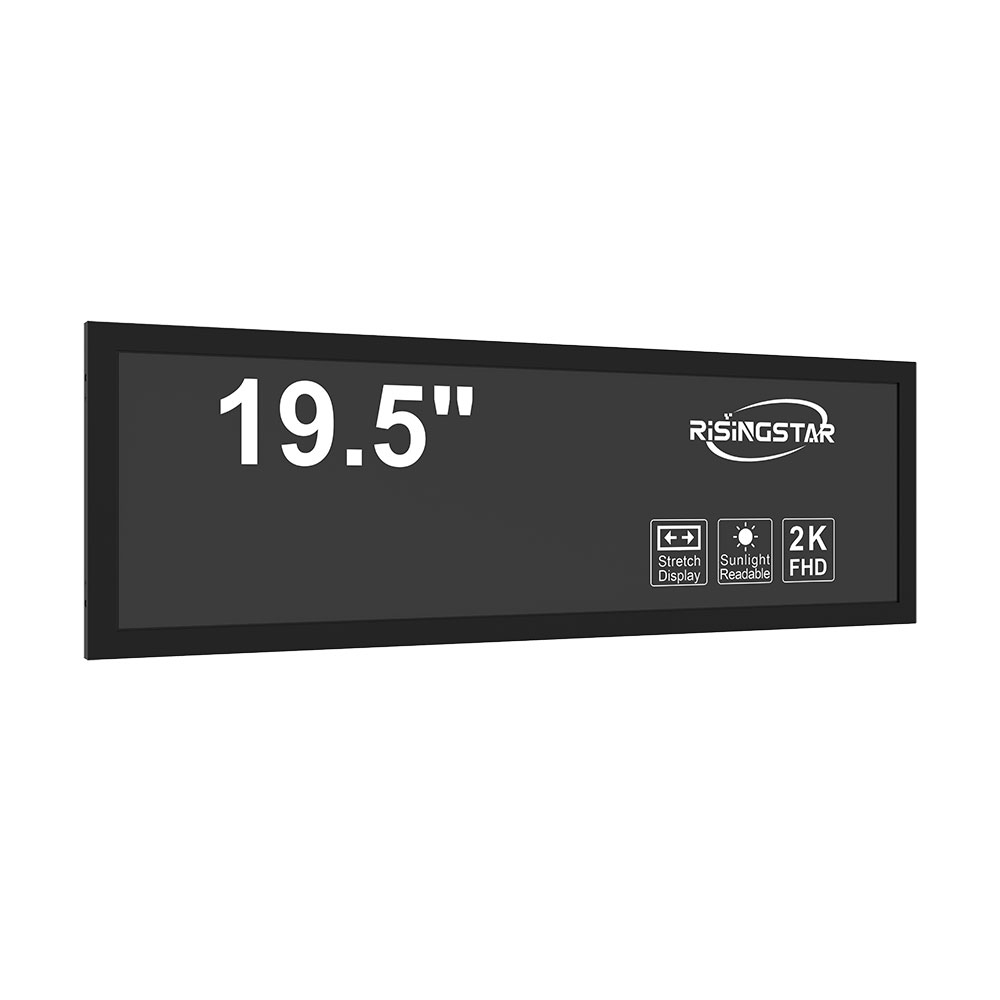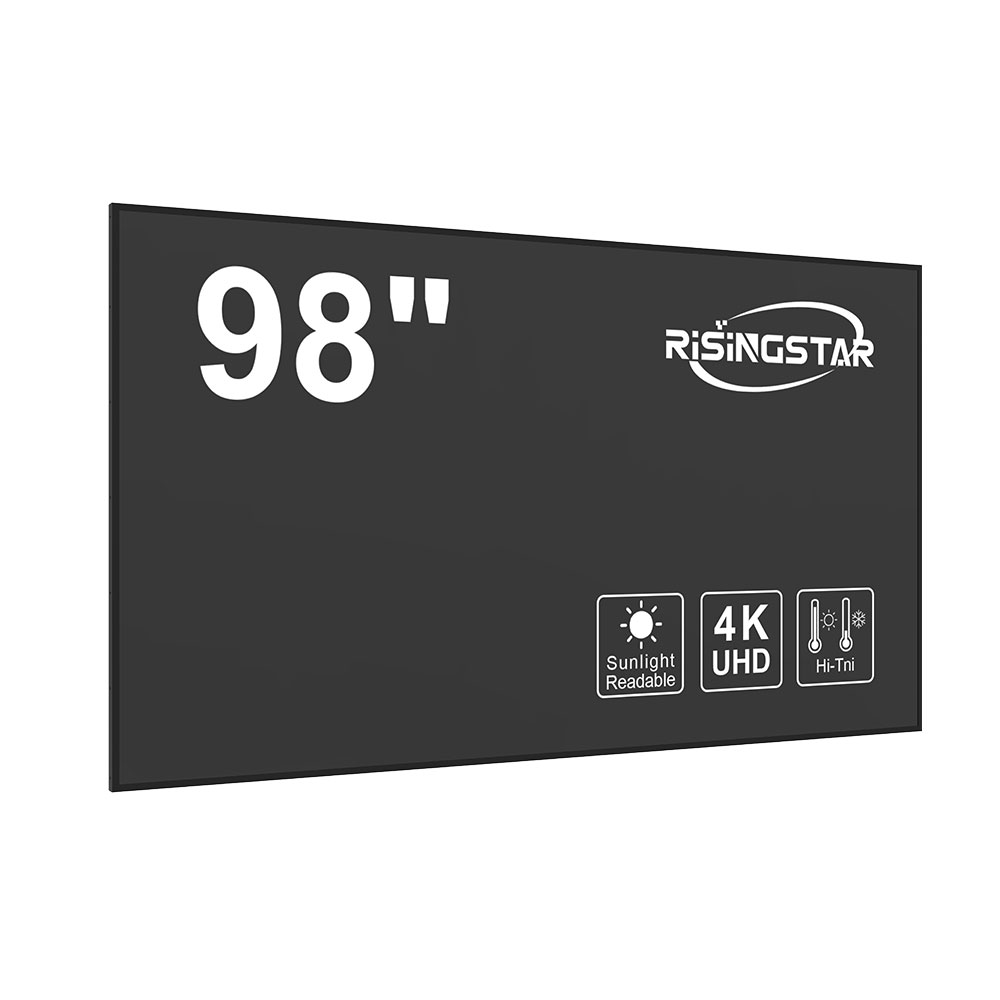Choosing the correct high-brightness sunlight-readable LCD screen is critical for ensuring optimal visibility and operational efficiency in outdoor environments. These screens are commonly used in military, industrial, transportation, and public information systems where exposure to direct sunlight, extreme temperatures, and variable lighting conditions are inevitable. The key technical parameters that define performance include luminance (measured in nits), contrast ratio, viewing angles, environmental durability, and power efficiency.
A standard high-brightness LCD must deliver at least 1000 nits of brightness—typically ranging from 2000 to 5000 nits—to remain legible under direct sunlight. For example, the U.S. Department of Defense mandates that military-grade displays must exceed 3000 nits per MIL-STD-3015 standards. In commercial applications such as digital signage or kiosks, 1500–2500 nits is often sufficient. However, higher brightness does not always mean better performance; it must be balanced with contrast ratio and anti-glare coatings to reduce eye strain and improve readability.
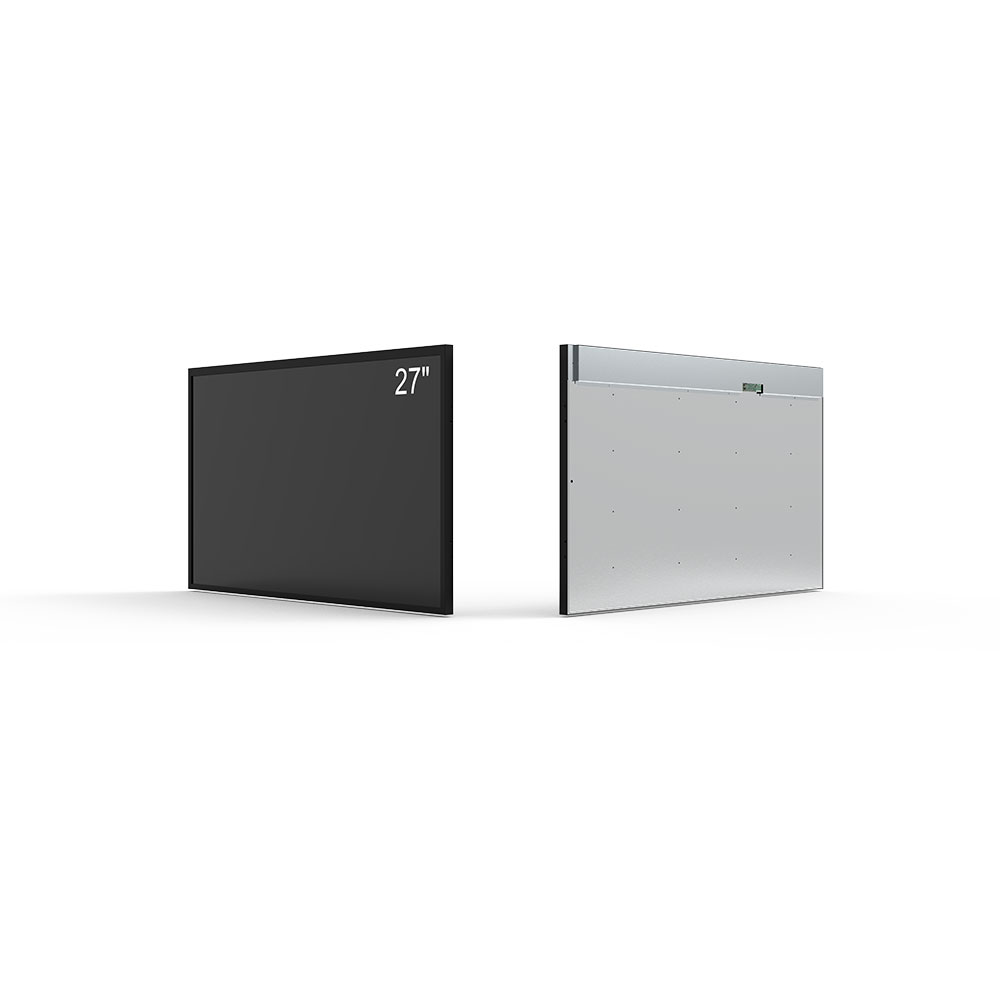
Contrast ratio, ideally above 1000:1, ensures sharp image clarity even in harsh ambient light. Manufacturers like LG Display, Sharp, and Innolux use advanced technologies such as IPS (In-Plane Switching) or VA (Vertical Alignment) panels to enhance both contrast and wide viewing angles. These panels allow users to read content from multiple angles without significant color shift or brightness loss—a crucial factor for interactive public displays.
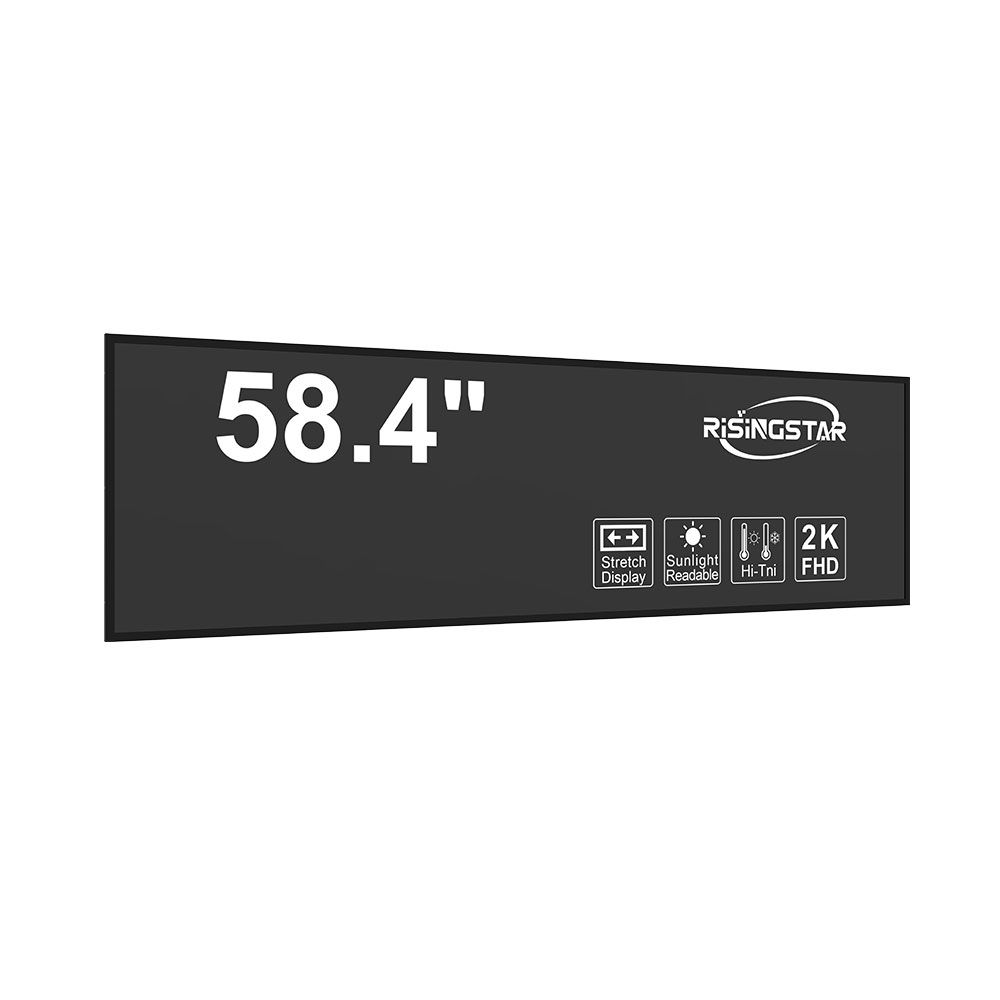
Environmental resilience is another key consideration. IP65 or higher ratings ensure protection against dust and water ingress, while operating temperature ranges between -30°C to +70°C make these displays suitable for polar regions or desert climates. Case studies from companies like Barco and Planar show that properly rated outdoor LCDs can operate reliably in Dubai’s summer heat (up to 50°C) and Arctic winter (-40°C).
Power efficiency matters too—especially in solar-powered or mobile systems. Modern high-brightness LCDs utilize LED backlighting with dynamic dimming technology, which reduces energy consumption by up to 40% compared to older CCFL-based models. This innovation enables longer battery life in portable devices such as field data terminals or drone control units.
Finally, integration compatibility must be considered. Whether it's an HDMI input, USB-C display port, or custom API support, the LCD must seamlessly integrate into existing hardware ecosystems. Industry adoption of open standards like VESA DisplayPort and Embedded DisplayPort (eDP) simplifies deployment across automotive dashboards, construction equipment, and medical field devices.
In conclusion, selecting the right sunlight-readable LCD requires a holistic evaluation of brightness, contrast, environmental robustness, power efficiency, and system compatibility. With advancements in materials science and manufacturing processes, today’s high-brightness displays offer unprecedented reliability and performance for demanding outdoor applications.




